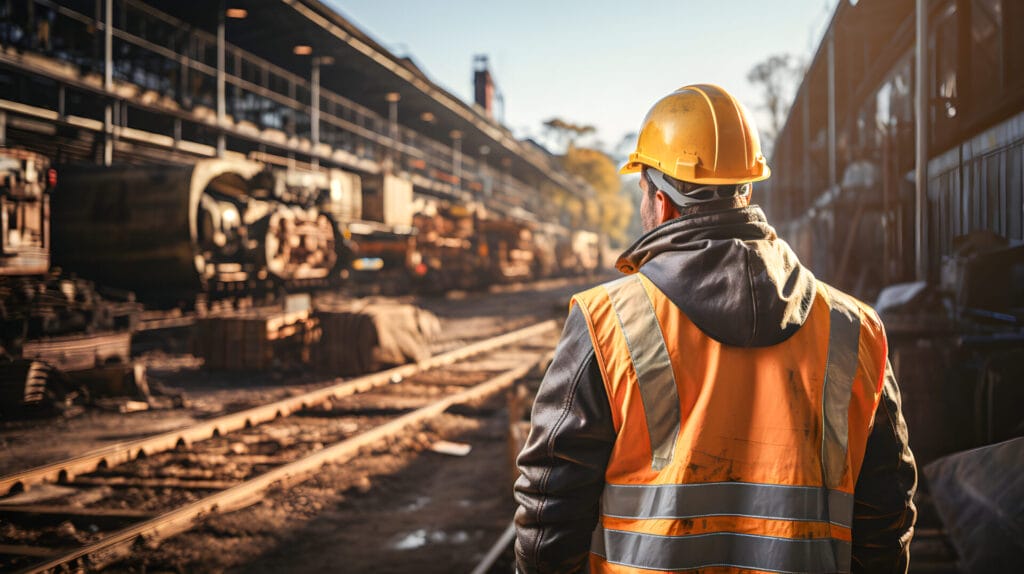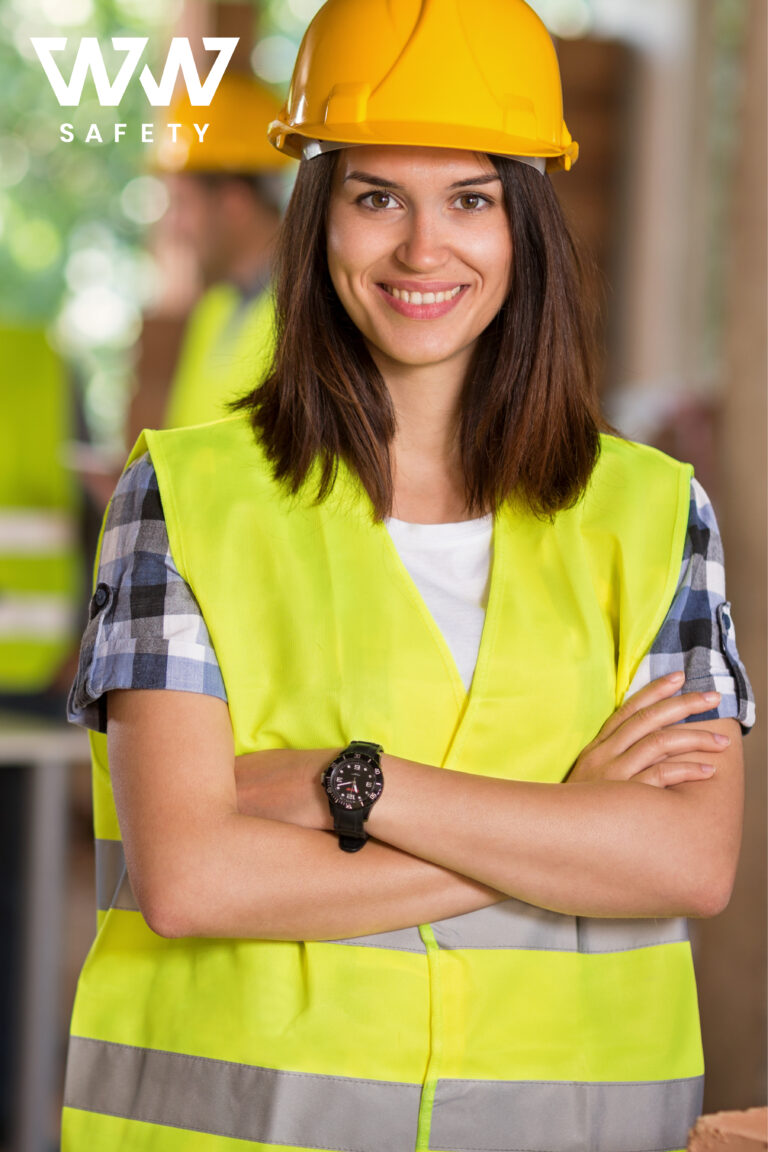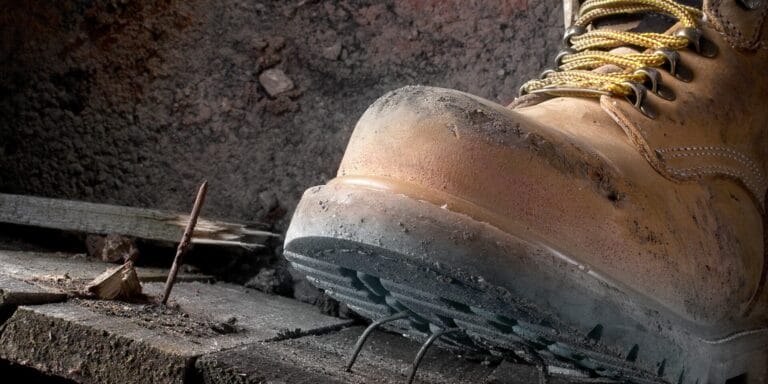As November rolls in, bringing with it cooler temperatures and shorter daylight hours, it’s important for outdoor workers to consider the significance of high-visibility work gear. Fall is a season of change, and with it come unique challenges for those whose jobs require them to work outdoors. If you’re one of those people, you’ve probably experienced the struggle of working in dimly lit conditions. That’s where high-visibility work gear becomes your best friend.
Selecting the right high-visibility work gear isn’t just a matter of choosing any bright clothing. It’s a deliberate process that demands a clear understanding of your work environment and specific needs. To make this selection with a level of knowledge and confidence, there are a few steps you should take.
Choosing the Right High-Visibility Work Gear
First things first, when you pick up that high-visibility gear, look for the label! You’ll usually find it near the neckline, and it’s not just any old tag; it’s your key to making the right choice.
When you check the label, you’ll notice several details written there, but keep your eyes peeled for these key pieces of information. Look for the specific ANSI/ISEA standard number (like ANSI/ISEA 107-2004) – this is your assurance that the gear meets safety standards. Normally, you will also find either a pictogram or words indicating the Class and Level. And of course, don’t forget to spot the size designation to ensure a comfy fit. While the rest of the label’s details aren’t to be overlooked, these three bits of information are all you need.
Next, you want to make sure you are familiar with the safety standards. Hi-Vis garments are mandated to conform to the ANSI (American National Standards Institute) and ISEA (International Safety Equipment Association) standards. These standards establish the different classes of high-visibility clothing and their respective requirements. We won’t get too bogged down in the details, but a basic understanding of these standards can help you choose the right class.
If you’re still wondering what class your gear falls under, it’s time to take a closer look at the retroreflective tape. The tape’s amount and arrangement can tell you a lot about the class. It’s like a secret code!
Class 1
Think of it as “entry-level visibility.” These are perfect for low-impact work settings with slower traffic. These environments may include parking lot attendants, warehouse workers, or jobs in well-lit indoor spaces where the risk of accidents is relatively low. The defining characteristic of Class 1 garments is the presence of a single band of retroreflective tape. This tape typically encircles the torso, making wearers more visible from the front and back. While Class 1 provides some visibility enhancement, it may not be adequate for high-risk outdoor work.
Class 2
Class 2 garments occupy the middle ground, offering more visibility than Class 1 but not as much as Class 3. They are ideal for moderate-impact work environments that require higher levels of visibility. These might include road construction workers, crossing guards, or utility workers exposed to moderate traffic. Class 2 work gear typically features additional retroreflective material, including bands around the torso and often over the shoulders. This design ensures 360-degree visibility, making it more effective in environments with varying lighting conditions and faster-moving traffic.
Class 3
Class 3 represents the highest tier, tailored for high-impact work zones characterized by fast-moving traffic. This class is favored by emergency responders, highway construction crews, and anyone working in high-risk outdoor conditions. Class 3 garments feature the most extensive retroreflective material. You’ll often find an “X” pattern on the back, along with bands on the torso and sleeves. The “X” on the back significantly enhances visibility from all angles, and the abundance of retroreflective material makes wearers unmistakable in low-light and high-traffic situations.
Layering and Accessorizing for the Elements
We can’t go on without mentioning the role weather conditions play in determining the right gear for your job. You see, when the weather isn’t on your side, it can seriously mess with your ability to perform your daily task. Whether it’s pouring rain, thick fog, or a blanket of snow, the reduced visibility and cold temperatures can turn your workplace into a potential danger zone. And if you’re not wearing the right gear, you’re practically waiting for an accident or injury to happen.
Furthermore, make sure to layer with thermal options and gear that is designed to repel moisture and insulate heat. When you’re not properly bundled up, the cold can really take a toll on you. We’re talking potential risks like hypothermia, frostbite, and other cold-related health concerns. It’s not just a matter of getting the job done; it’s about safeguarding your health and overall well-being.
Now that we’ve covered how weather conditions influence your gear choice, let’s expand the conversation beyond clothing. High-visibility workwear is about more than just what you wear, it’s a comprehensive approach to safety. Incorporate high-visibility accessories like gloves, hats, backpacks, and pants. Each are indispensable components that can substantially enhance your safety and job performance.
As the days grow shorter and the weather becomes more unpredictable, we cannot help but stress the importance of high-visibility work gear. Whether you’re concerned about accident prevention, regulatory compliance, or team coordination, high-visibility clothing is a must for outdoor workers during this transitional month. By choosing the right high-visibility gear and making a part of your fall uniform, you can work confidently and safely throughout the changing season.





